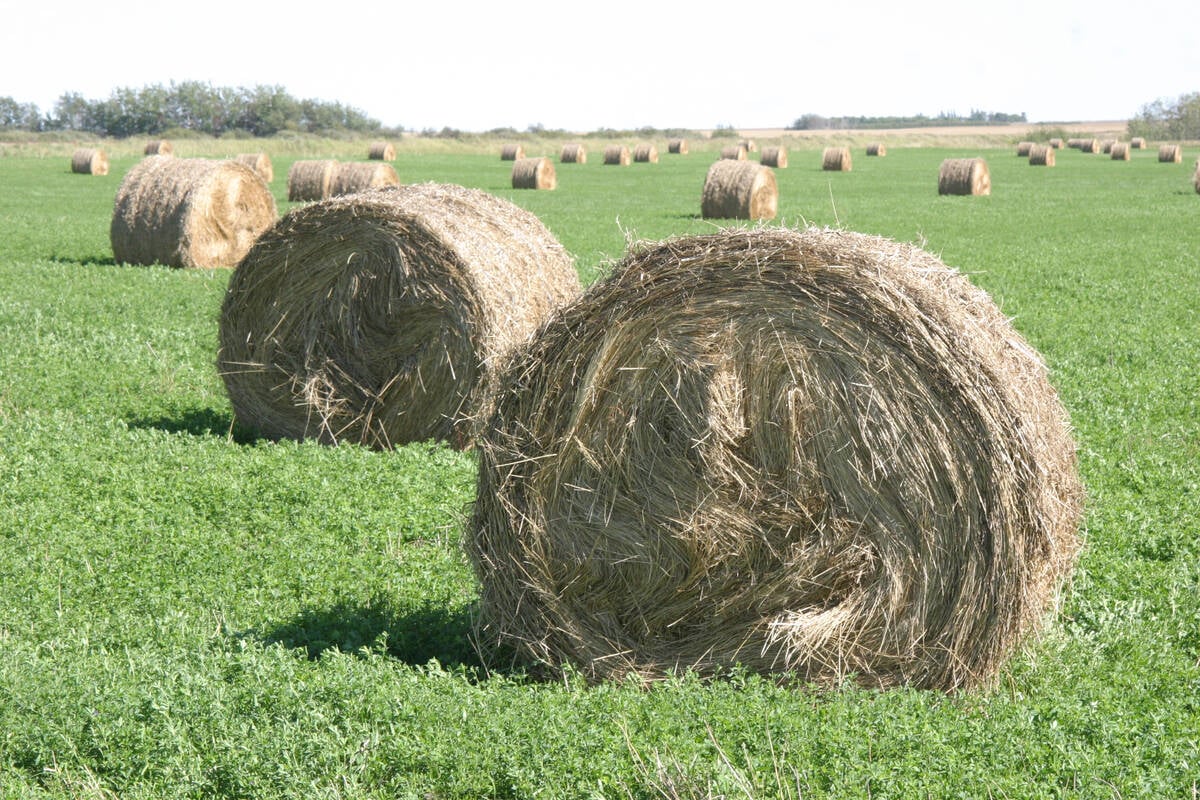OTTAWA — The investigation into an outbreak of bovine tuberculosis in Alberta could have been expedited if producers had proper cattle identification.
The Canadian Food Inspection Agency realized early that the investigation would be wide and complex, said Dr. Penny Greenwood, national manager for the domestic disease control section.
“One of the problems we detected in the infected herd was a lack of identification at the farm of origin,” she told the animal health committee at the Canadian Cattlemen’s Association annual meeting, held in Ottawa March 8-10.
Read Also

Breaking down successful winter feeding into six steps
It’s that time of year when it is important to start planning for a cow herd’s winter feeding program. Here are six steps I think are necessary to consider when getting your feed tested.
Investigators have relied on producer records and brands because too often no Canadian Cattle Identification Agency ear tags were present, contrary to regulations.
“We need to do something about that because it is hurting everybody,” she said.
The investigation looked at the movement of cattle for the last five years because tuberculosis is a slow moving disease.
However, it has been difficult to learn where the cattle were, and in some cases, who owned them, so investigators assumed they were all mixed together in two community pastures.
“Records at this time make it extremely difficult for our staff to actually find all the animals that have left the herd and what their ultimate fate is,” she said. “If we had had that information, we may have been able to deal with less.”
All cattle were tagged before testing. Six animals from the same ranch were positive, but so far 10,000 cattle have been destroyed because they may have been in contact with the infected ones.
An added risk for beef cattle is the use of community pastures where animals from a number of farms are mixed.
“Do the producers that use the community pastures understand the ramifications of using community pastures?” she said.
“They have to understand if a disease occurs in one of those premises, they all go down.”
Industry should consider whether community pasture use is still a good practice or find ways to improve their biosecurity.
Ivan Johnson of Prince Edward Island said in his province the CCIA tag numbers have to be read and recorded before they enter a community pasture.
“A big part of the beef industry is in community pastures,” he said.
Bob Lowe of Alberta said producers are well aware of the risks of mixing herds.
“There isn’t a single producer out there who doesn’t understand the risks,” he said.
The CFIA is also questioning its own disease surveillance because the last five cases of tuberculosis in Canadian cows were diagnosed in the United States.
In the most recent case, an Alberta cow was sold at a local auction, moved to an assembly yard in Saskatchewan and was killed at a Minnesota plant last September. The cow was traced back to Saskatchewan because that is where the ear tag was attached.
“Is there a problem in that we are not picking them up here in Canada? We have to ask ourselves if our surveillance is sufficient,” said Greenwood.
The CFIA wants to improve its surveillance in Alberta where more testing is needed in provincial abattoirs.
A pilot project is expected to start in late 2017 at one of Alberta’s high speed plants to carry out serological testing to see if cattle that should be identified as having problems, are being missed.
“None of our TB tests are great and that is why we do them in combination, but it is better than nothing,” she said.















